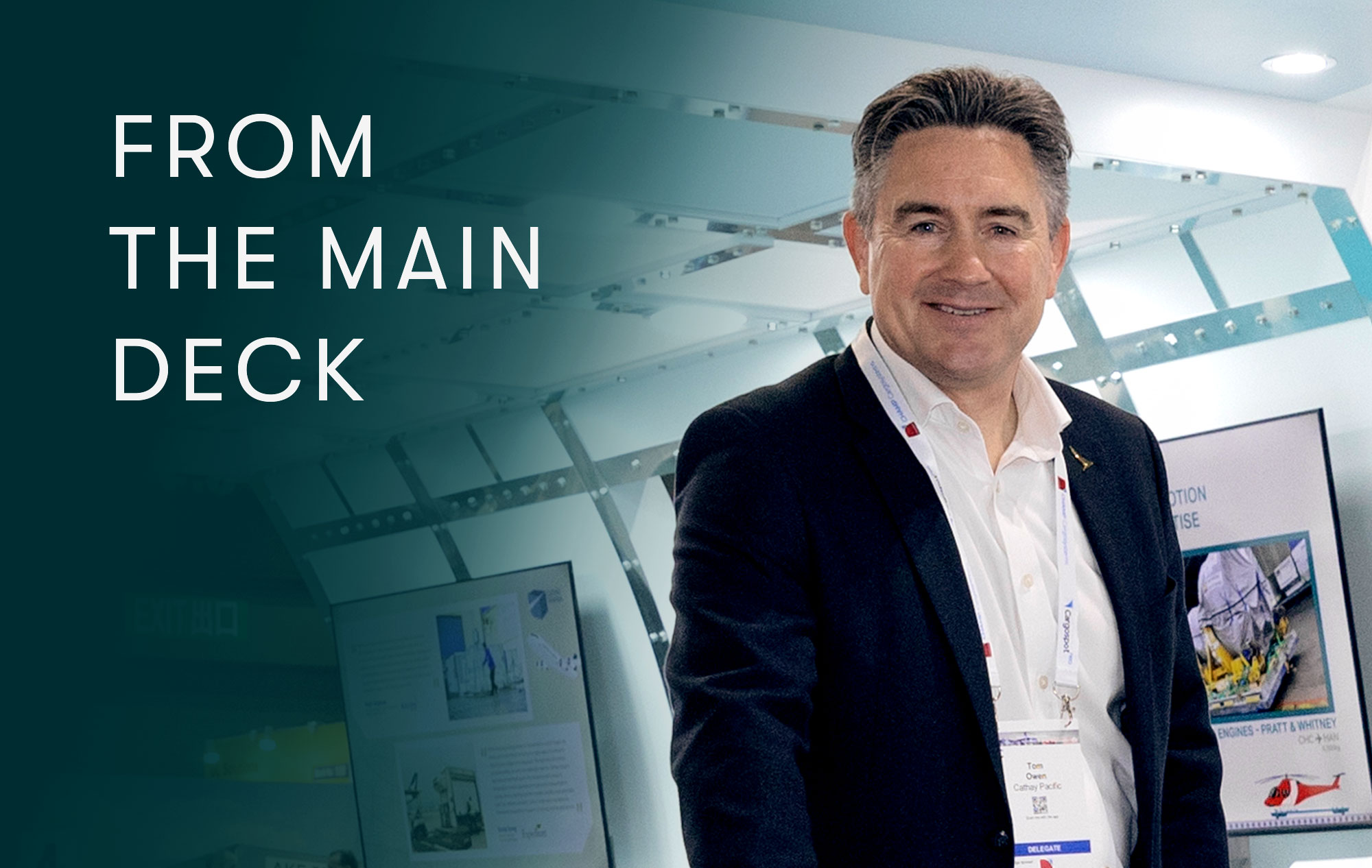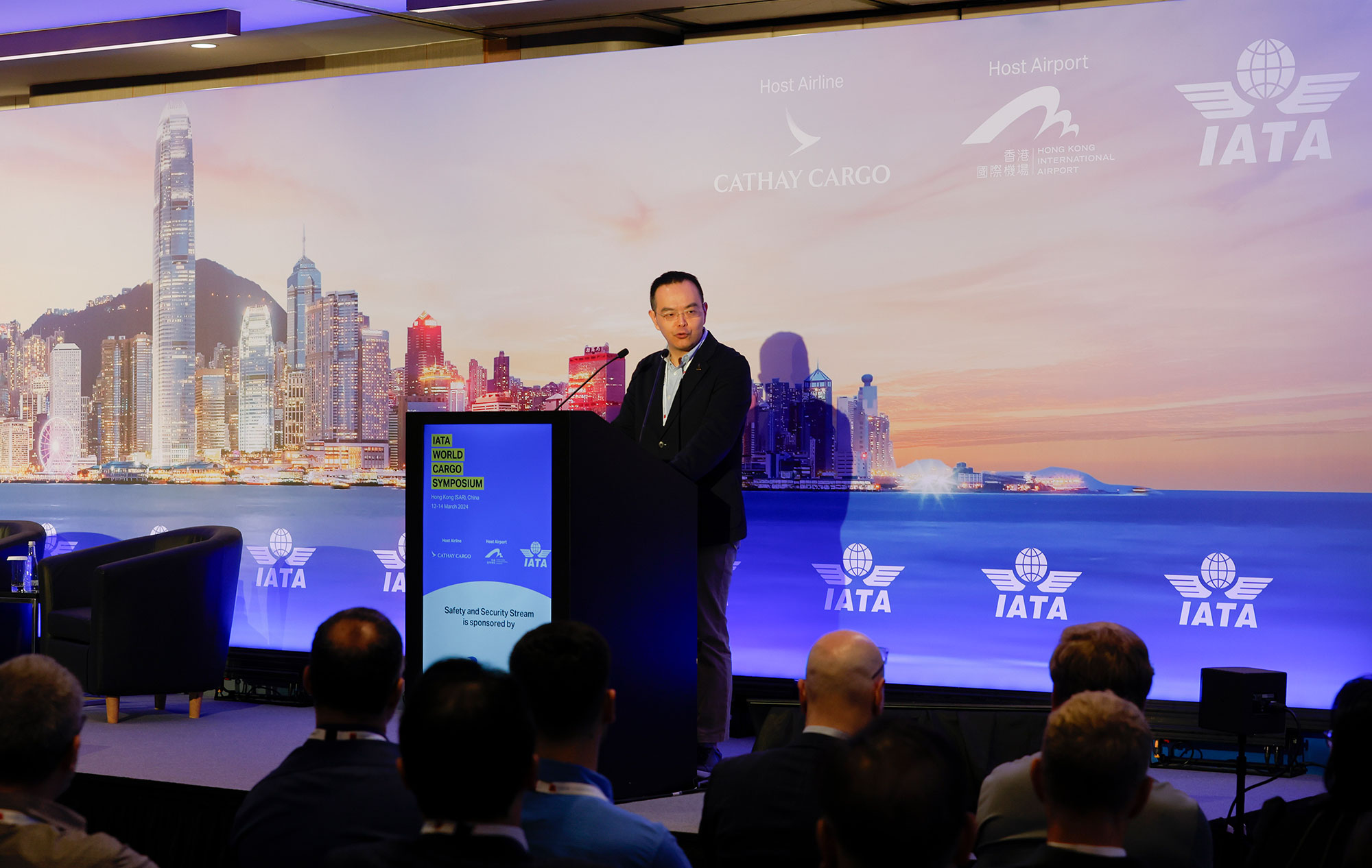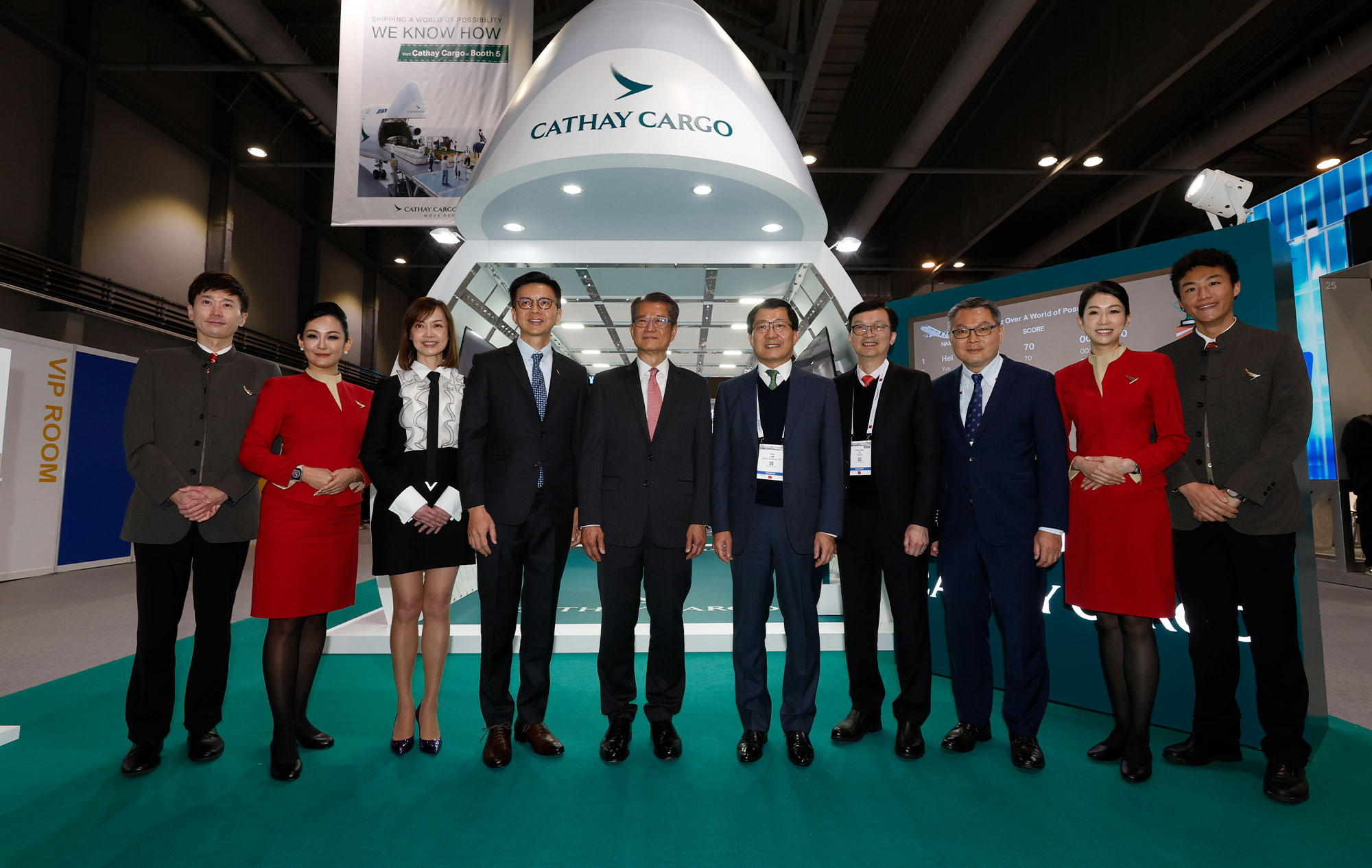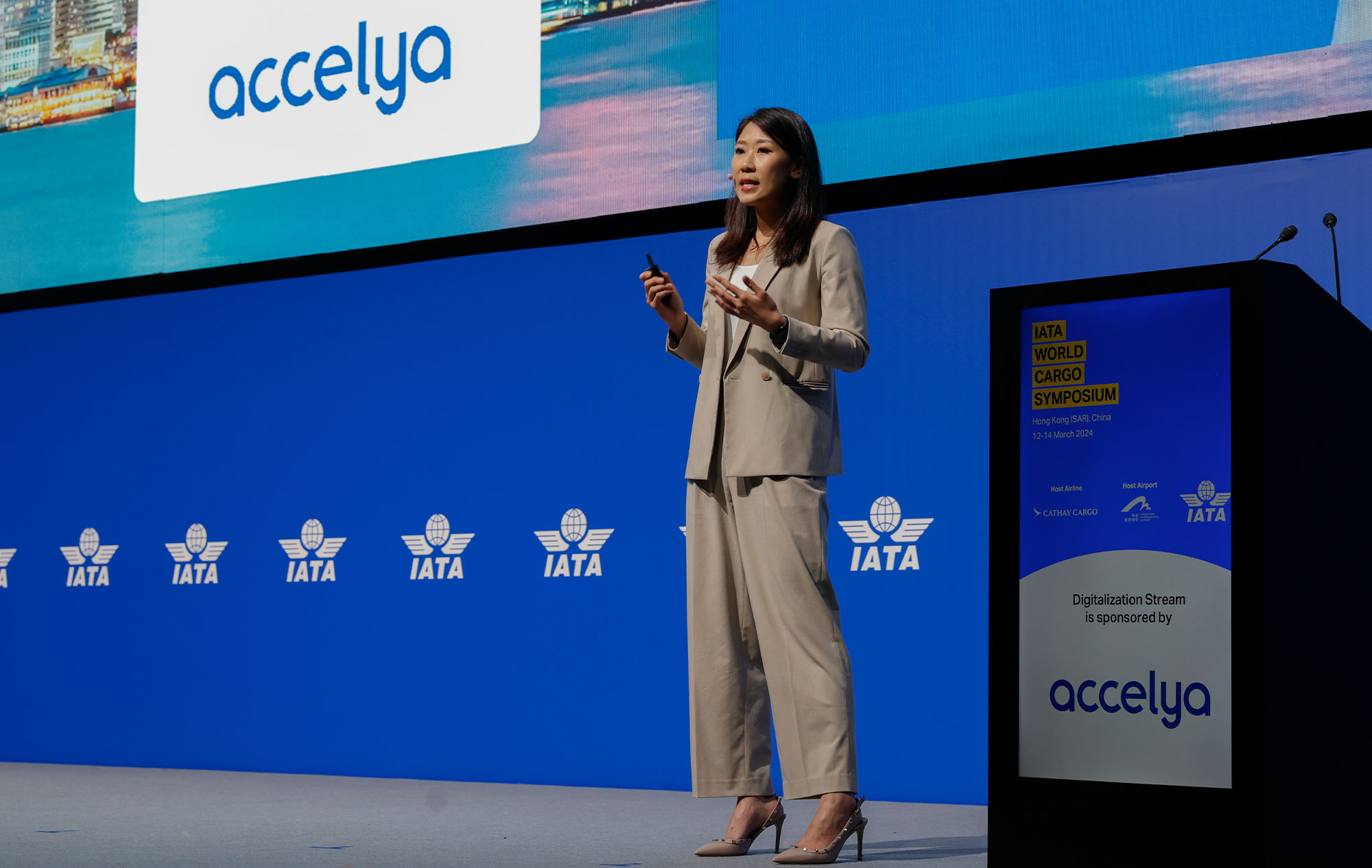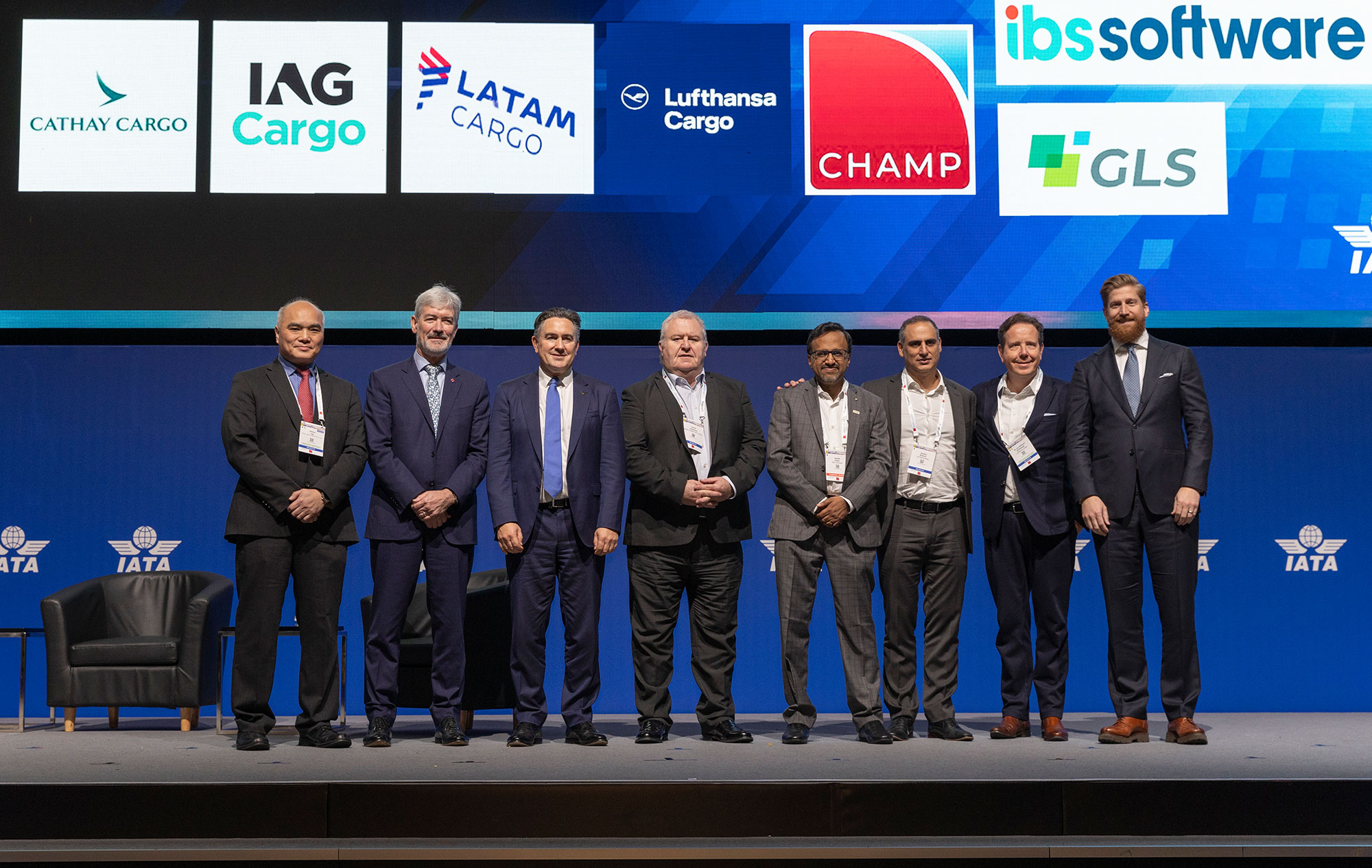
If you want to assess the current airfreight market you first have to ask yourself a question: Am I a glass-half-full or glass-half-empty person?
If half-empty, then the current shortage of passenger bellyhold capacity is set to continue until next year at the earliest, accompanied by high rates as freighters take on the burden to meet demand. The pandemic-related congestion at Shanghai’s PVG mega-hub and other airports on the Chinese Mainland brings further turbulence to airfreight forecasting, which is now more of an art than a science.
If half-full, then the continued chaos and market distortion in the deep-sea container market – with congestion worldwide made worse by the sudden port lockdowns on the Chinese Mainland – will be good for airfreight.
Judah Levine, Head of Research at digital booking platform Freightos, says that COVID-19 outbreaks among cargo handlers are causing cancellations and a lot of uncertainty for ex-Chinese Mainland air cargo. It is also pushing air cargo rates up 15-25 per cent to US destinations and 12-15 per cent to airports in Europe. ‘These prices are double their level a year ago and are at their highest point since May 2020 when the industry was under extreme pressure due to the rush on PPE,’ he says.
A major air cargo carrier reported that congestion and delays led to ‘extremely elevated’ ocean freight rates which meant shippers are ‘increasingly choosing airfreight to mitigate bottlenecks in their supply chains’ and that is driving even more airfreight demand.
Using its data flows, Digital forwarder Flexport reported that by half-year 2021, average container vessel transit times on the Far East-westbound route had increased. This was due to port congestion caused by such events as the Suez Canal blockage, the sudden port closures on the Chinese Mainland and a shortage of containers due to equipment stuck on delayed vessels. The Shanghai-Rotterdam average transit time has risen from 40 days in 2019 to 50 days this year.
Shippers, forwarders and airlines have had to factor such incidents as the Ningbo box port closure, regional lockdowns in Vietnam (second for Asian seafreight exports) and a shortage of raw materials in the Asia region.
But will this be a temporary trickle of modal shift volumes from sea to air, or sustained and significant flows? What are the other factors in play?
Freight forwarder consolidation is now a hot topic. The reasoning is that at a time of crisis when company shares are lower, those with cash reserves will swoop to pick up a bargain.
DHL has already bought Hillebrand, a seafreight specialist in beverages and non-hazardous bulks, while DB Schenker has firmly nailed a ‘Not for Sale’ sign to its door, amid speculation that Denmark’s DSV was showing a take-over interest little more than two years after merging with Panalpina, and its purchase in April of Agility’s Global Integrated Logistics unit.
The rationale is that ‘cheap money’ will fuel further takeovers in the forwarding sector, and it is interesting to note the reasoning of Deutsche Post DHL CEO Frank Appel on the Hillebrand deal: ‘With the growing maturity of our freight-forwarding business, this bolt-on acquisition of Hillebrand is highly complementary to our existing portfolio.’
Many others will be thinking the same, and now is the time to swoop: especially as it is easier to buy in expertise and market share in the rapidly growing pharmaceutical and e-commerce logistics markets, which are the ones to have benefitted most from COVID’s ‘new normal’ supply chains.
Another topic that is preoccupying thoughts in the pandemic landscape is sustainability. Shippers are now looking at greener and leaner supply chains: sustainability and zero-carbon door-to-door logistics are mapped out to play a greater role in the future.
Kuehne + Nagel is already committed to sourcing 12 million litres of sustainable aviation fuel (SAF) from airlines over the next two years and is offering a wide choice of options to go greener, be it SAF for whole or part of a supply chain, or for specific high-value shipments over bespoke timeframes. The forwarder has made the point that SAF will be available only at scale in 10 years or so, and that validated, high-standard carbon-offsetting will remain the most practical option until greener fuels are on tap.
With so much flux, it remains hard to forecast the airfreight market when the global effect of COVID-19 is still wreaking daily disruption to the supply chain, but airfreight rates look set to remain high for the immediate future, at least until long-haul passenger flights return to at least 2019 levels. There may also be other imponderables, such as shippers looking to mitigate supply chain shocks through near-sourcing or multiple routings on different modes.
So, after all that, are you half-empty or half-full?
Roger Hailey is the former Editor of Air Cargo News, and now writes on the cargo market. www.rogistics.net




